13 Fascinating Facts About the Ice-Gas Giant ‘Uranus’
The intriguingly mysterious seventh planet of our solar system ‘Uranus’ has some truly amazing facts. Know about them right here.
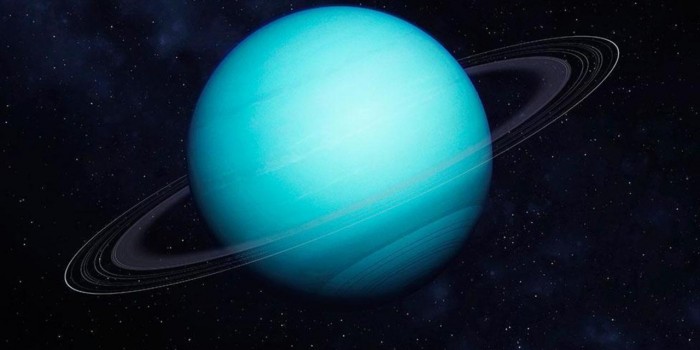
In our amazing solar system, the seventh planet from the sun is ‘Uranus’. Though it’s visible to the naked eye, it remained unidentified because of its dimness and slow orbit. A distant planet, Uranus has strange moons, thin rings, and huge storms. It is often described as “rolling around the Sun on its side.”
Here are some fun facts about this mysteriously intriguing planet, Uranus.
1. In 1781, Sir William Herschel Officially Discovered Uranus

Sir William Herschel made the official discovery of Uranus in 1781. Herschel initially thought Uranus to be a comet but was confirmed to be a planet many years later. The scientists came to this conclusion by observing its orbit which was near-circular and more like a planet than a comet.
2. It Was Thought to Be a Star Until 1781
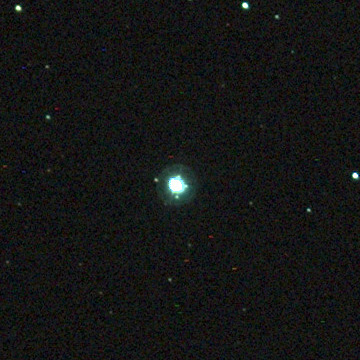
Uranus is too dim to be seen. It was observed on several occasions and misinterpreted as a star before it was recognized as a planet. Apparently, the earliest known observation was made by Hipparcos who might have recorded it as a star for his star catalog in 128 BC.
3. It Was the 1st Planet to Be Discovered Using a Telescope
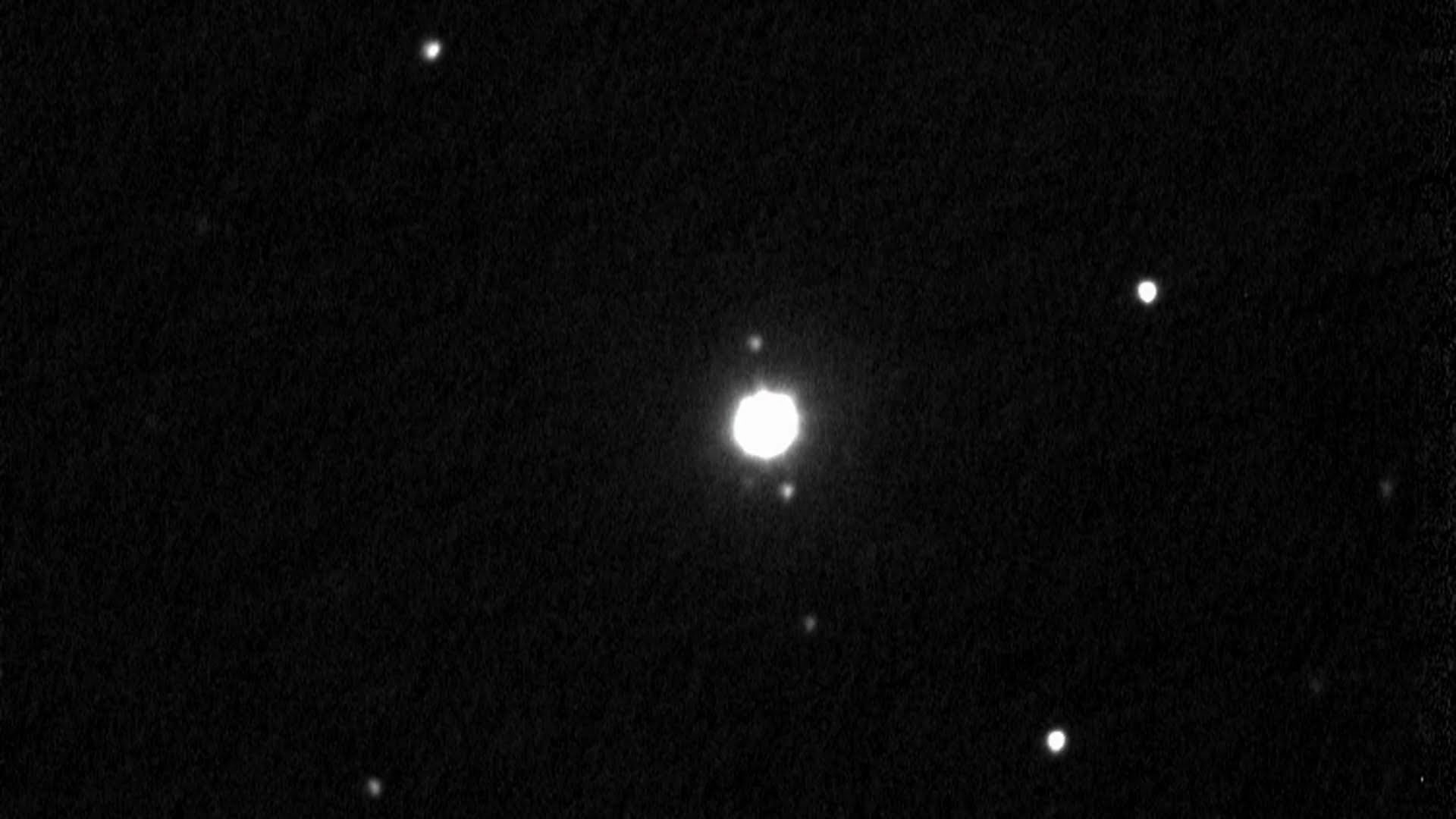
Using his own telescope, Herschel "engaged in a series of observations on the parallax of the fixed stars". Expanding the known boundaries of the solar system, Uranus became the first planet to be discovered using the telescope. (14.1)
4. A Day on Uranus is 17 Hours 14 Minutes 24 Seconds Long
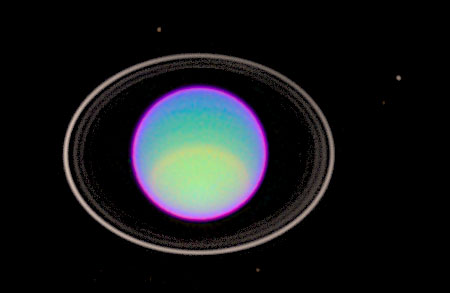
Uranus rotates in a retrograde direction, opposite to the way Earth and most of the other planets rotate.
5. Uranus Is Often Called An “Ice Giant” Planet
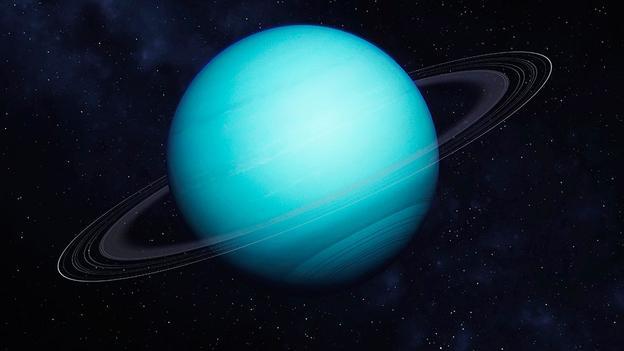
Similar to other gas giants, the planet has a hydrogen upper layer with helium mixed in it. An icy mantle that surrounds a rock and ice core lies beneath it. The upper atmosphere is made up of water, ammonia, and methane ice crystals giving the planet its pale blue color.
6. Uranus Touches the Coldest Temperatures in the Entire Solar System
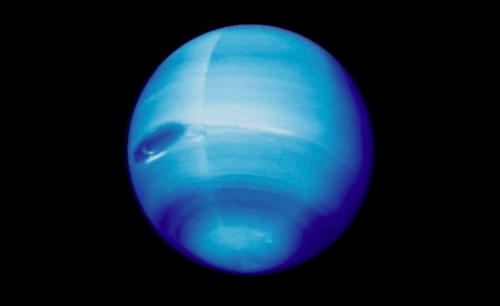
Hitting a minimum temperature of -224°C, Uranus is the coldest planet in the solar system.
7. Uranus Was Named After the Greek God of the Sky ‘Ouranos’
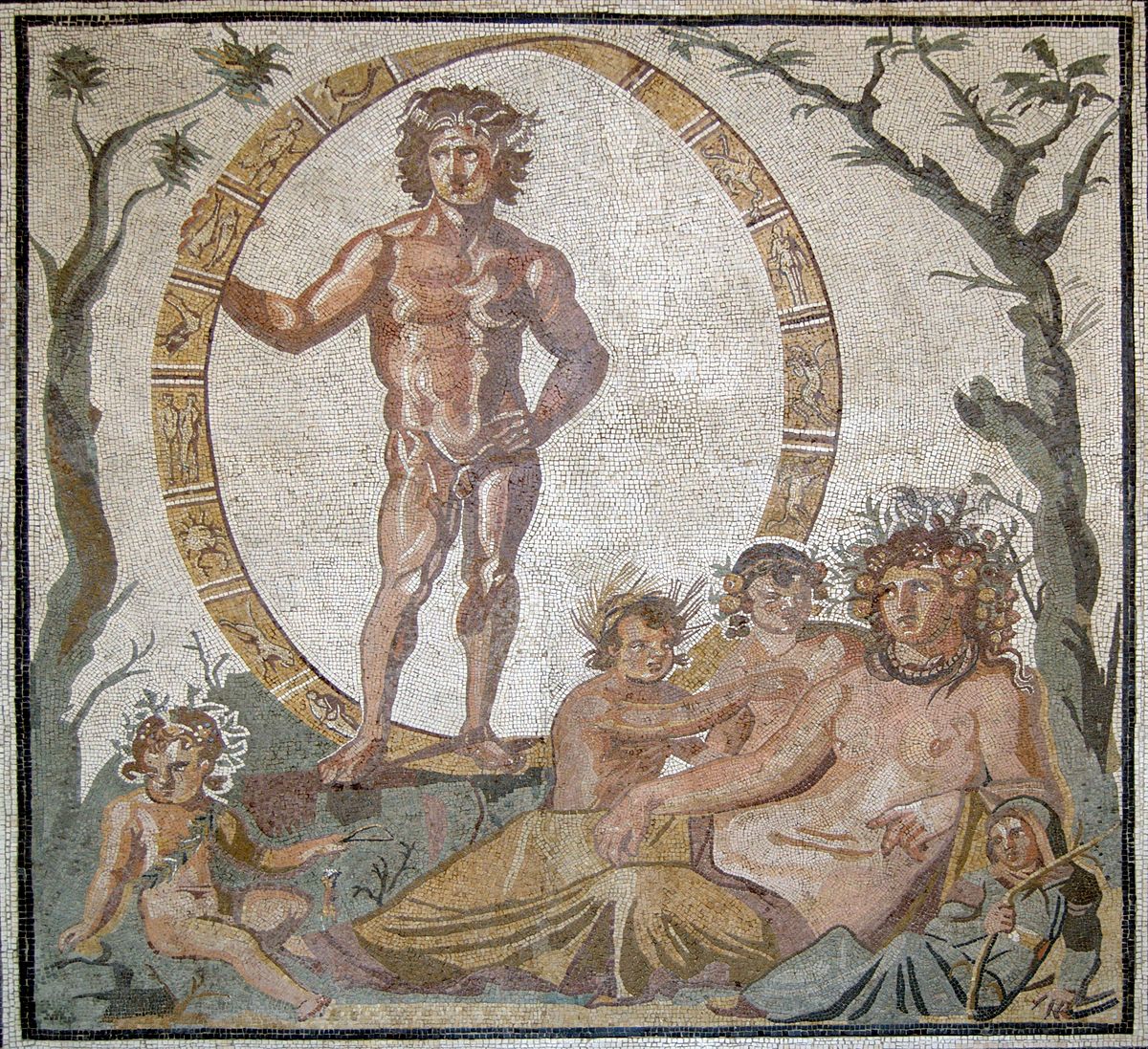
Even though several names were suggested for the planet including “Georgium Sidus” and Herschel, it was ultimately named Uranus after the ancient Greek god Uranus (or Ouranos).
8. It Has Very Thin Dark Coloured Rings That are Hard to See
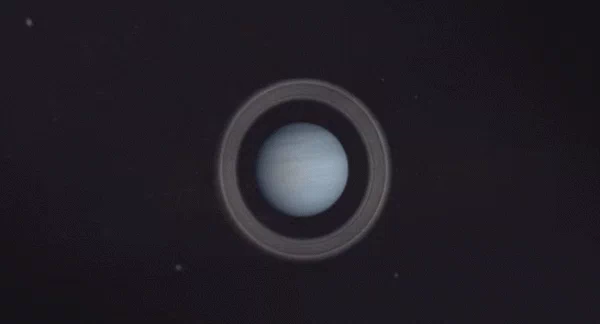
Uranus has two sets of rings: 11 inner rings and 2 outer rings; 13 in all. The small ring particles range from dust-sized particles to small boulders. In 1977, the first inner rings were discovered and the two outer rings were discovered in Hubble Space Telescope images during 2003-2005. (14.2)
9. Uranus Completes One Trip Round the Sun in 84 Earth Years
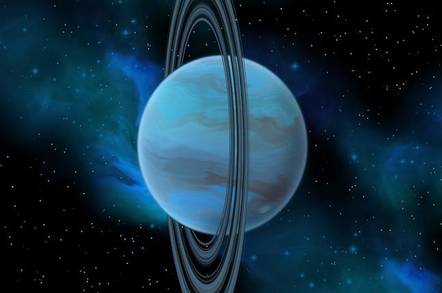
In some parts of its orbit, one of its poles points directly at the Sun getting about 42 years of direct sunlight. For the rest of the time, they’re in darkness.
10. Uranus’ 27 Moons are Named for Characters in William Shakespeare & Alexander Pope’s Literary Works
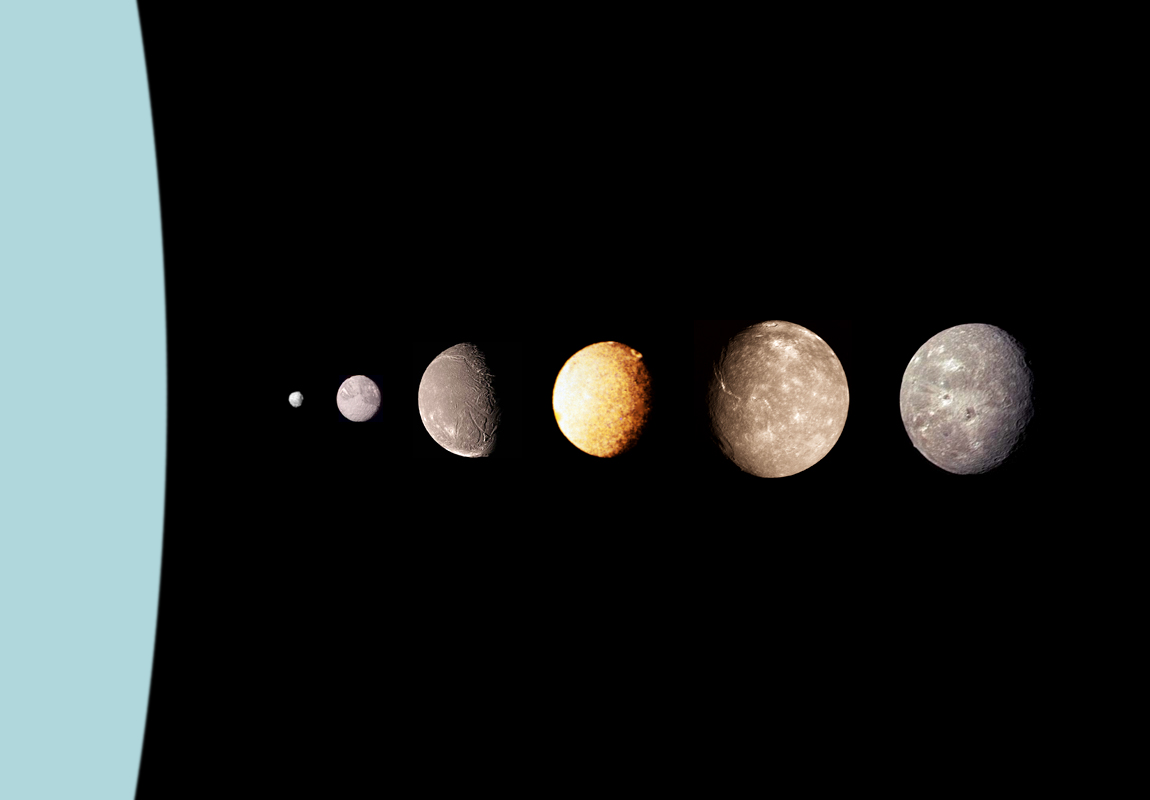
The planet Uranus has 27 moons that are named after characters in the literary works of Alexander Pope and William Shakespeare. Oberon, Titania, Umbriel, Ariel, and Miranda are some of these. All of them are frozen and have dark surfaces. Miranda is the most fascinating Uranian moon that has ice canyons, terraces, and other strange-looking surface areas.
11. ‘Voyager 2’ is the Only Spacecraft That Flew Past Uranus
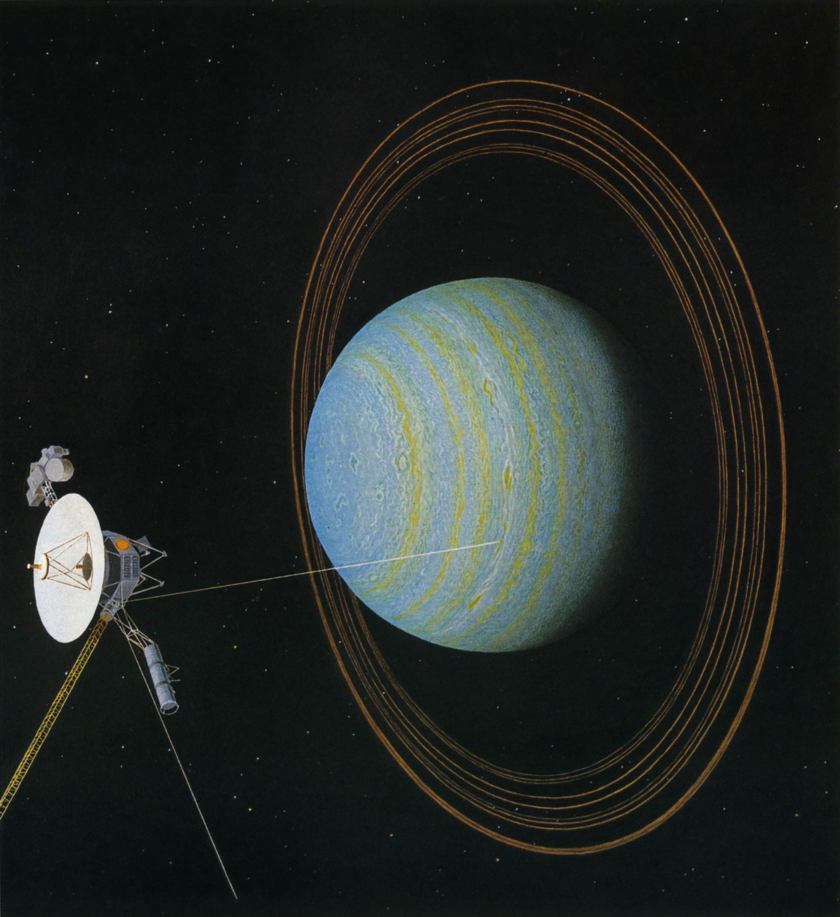
In 1986, the Voyager 2 spacecraft went past the planet at a distance of 81,500 km. It captured the first close-up images of Uranus along with its moons and rings.
12. The Chemical Element 'Uranium' was Named After This Planet in 1789
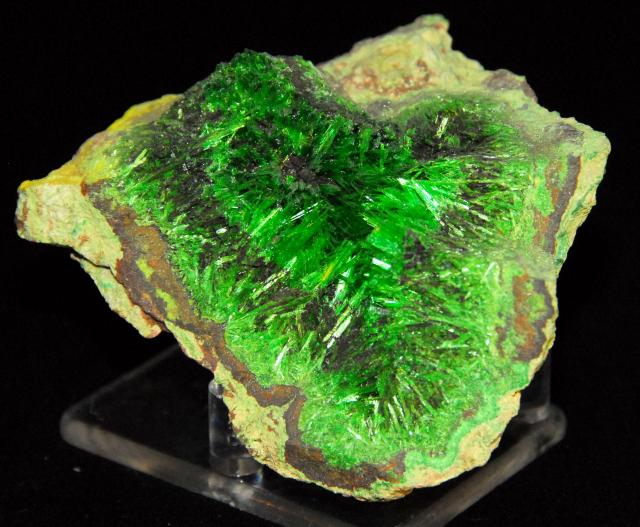
Discovered in 1789 by the German chemist Martin Heinrich Klaproth, the chemical element 'uranium' was named after this newly discovered planet Uranus. (14.3)
13. Soviet Army Carried Out ‘Operation Uranus’ to Reclaim Stalingrad During WWII
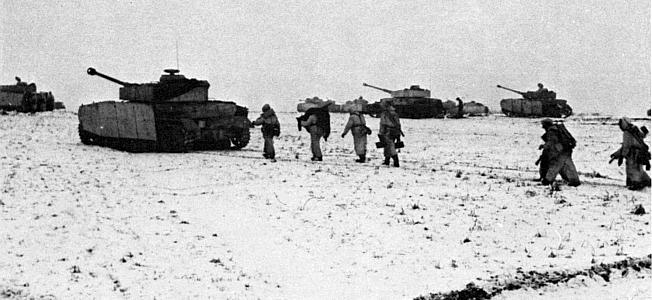
A successful military operation named after the planet ‘Operation Uranus’ was a successful one carried out by the Soviet army in World War II to take back Stalingrad. It happened to be a turning point in the land war against the Wehrmacht.
Popular Posts
What Is Trypophobia – A Disgust More Than Fear
"I can't really face small, irregularly or asymmetrically placed holes, they make me like, throw up in my mouth, cry a little bi...
Chandan Roy
16 Interesting Facts About Ambidextrous People
A lefty or left-handed uses his left hand more naturally and dominantly than the right hand. And the righty or right-handed is o...
Ethan Stephans
20 Interesting Facts About Meteoroid, Meteor and Meteorite
Watching celestial objects is a true delight. It is still fun to catch a sight of shooting stars when we grow up. A second of th...
Swati Bhandari








